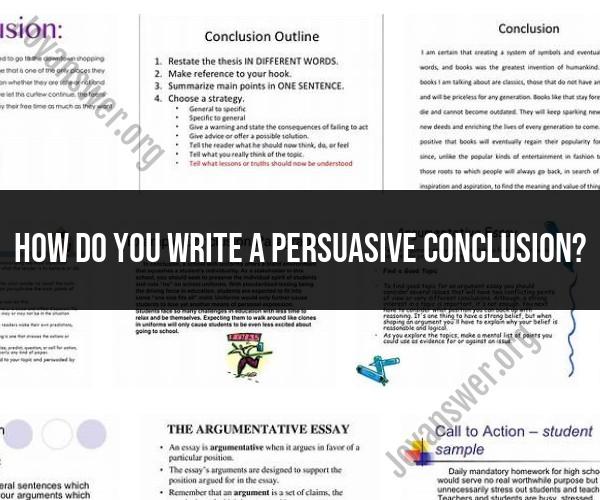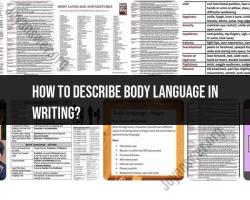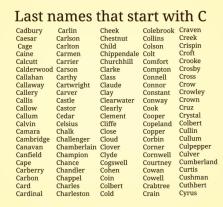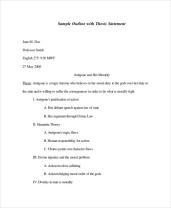How do you write a persuasive conclusion?
Conclusions are a powerful element of persuasive writing, offering the final opportunity to leave a lasting impression and drive the desired action. Mastering the art of crafting persuasive conclusions enhances the overall impact of your message and strengthens your ability to influence and convince your audience.
Understanding the Role of a Persuasive Conclusion
A persuasive conclusion serves several crucial roles:
- Reiteration: Summarize key points and reinforce your main argument.
- Emotional Appeal: Evoke emotions that align with your message and appeal to your audience's values and desires.
- Call to Action: Clearly and compellingly state the action you want your audience to take.
- Memorability: Craft a conclusion that lingers in the minds of your readers or listeners.
Techniques for Crafting a Persuasive Conclusion
1. Summarize Your Main Points
Revisit the key arguments and evidence presented in your persuasive piece. Summarize them concisely to reinforce your message and remind your audience of the reasons behind your stance.
2. Appeal to Emotions
Evoke emotions that resonate with your audience. Use vivid language and relatable anecdotes to create an emotional connection that strengthens your persuasive appeal.
3. Present a Vision of Success
Paint a picture of the positive outcomes that will result from adopting your perspective or taking the desired action. Help your audience envision a brighter future.
4. Address Counterarguments
Anticipate potential counterarguments and address them in your conclusion. Reiterate your stance while acknowledging and refuting opposing viewpoints, demonstrating your thorough consideration of the topic.
5. Emphasize the Call to Action
Your call to action should be clear, specific, and compelling. Use strong verbs and direct language to guide your audience toward the desired action, whether it's making a purchase, supporting a cause, or changing a behavior.
Tips for Writing an Effective Persuasive Conclusion
- Keep it concise: Aim for a conclusion that is succinct yet impactful.
- Avoid introducing new information: Stick to summarizing and reinforcing existing points.
- Use powerful language: Employ strong and persuasive words that leave a lasting impression.
- Create a sense of urgency: Highlight the immediate benefits of taking action.
- Connect back to the introduction: Create a sense of closure by referencing elements introduced at the beginning.
Conclusion
The art of writing a persuasive conclusion is a valuable skill that elevates your ability to sway opinions and inspire action. By employing techniques that reiterate your main points, appeal to emotions, and provide a clear call to action, you can create a conclusion that leaves a lasting impact and compels your audience to embrace your perspective.













